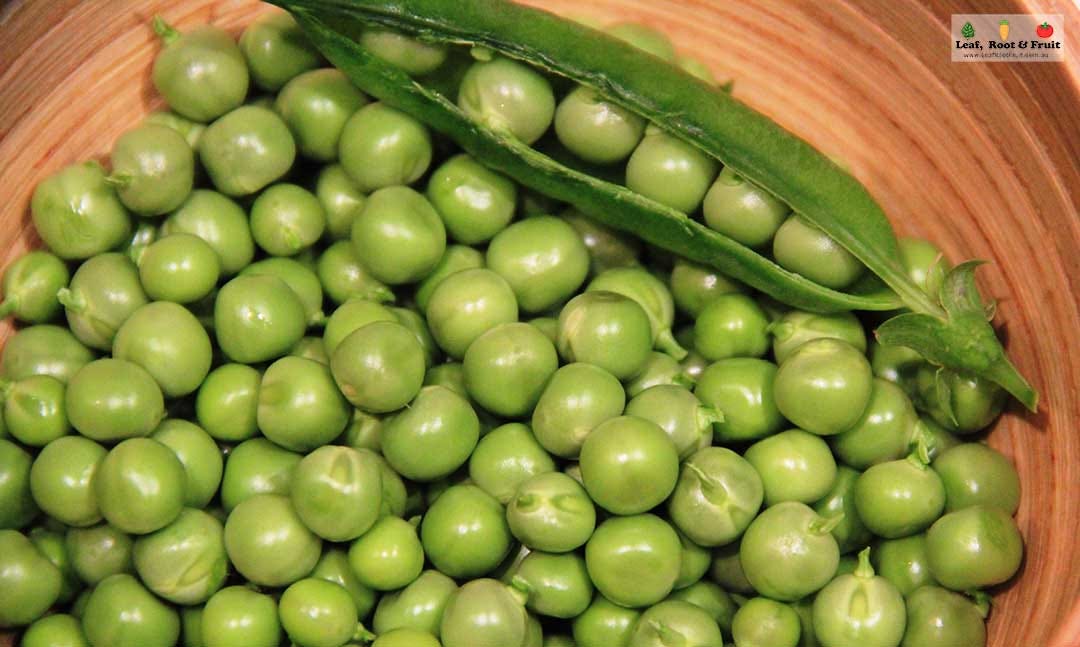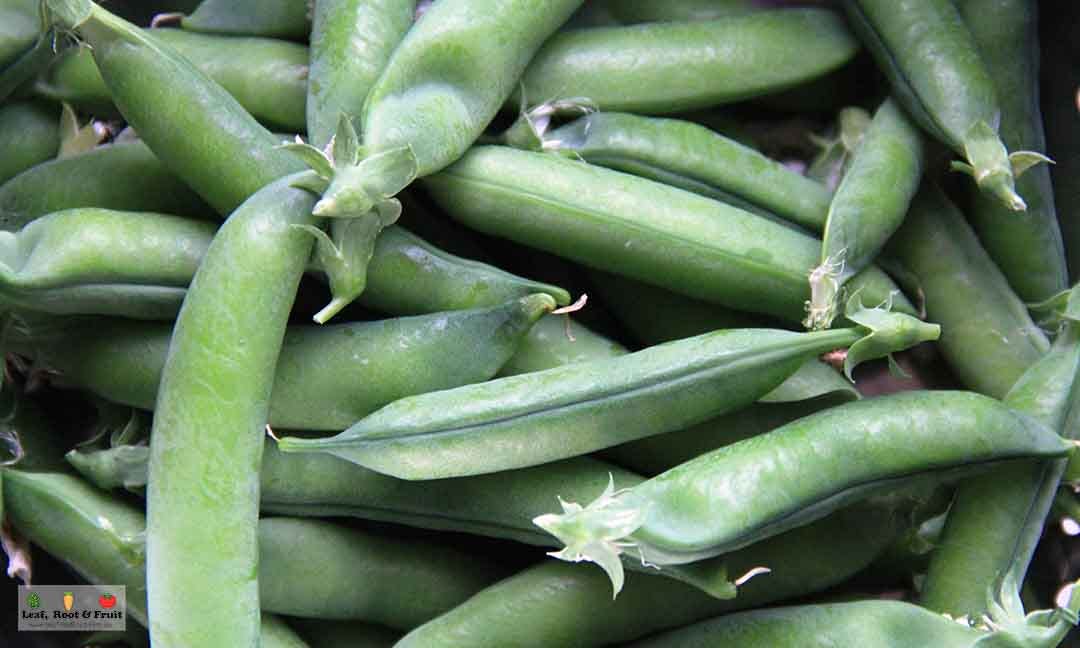This is the first instalment in my series of How to Grow guides. It’s quite different from my Vegetable Patch from Scratch series, which is organised by stage, covering everything from site analysis to crop rotation to green manure crops. This new series is for people who want to know everything there is to know about how to grow carrots. Or cabbages. Or peas – you name it.
Each instalment of How to Grow covers:
my favourite varieties
when to plant for greatest success
common problems
phenological indicators
how to prepare the soil and plant
layout and spacing.
I’m not going to bombard you with them all at once. I’m aiming to send one guide per month to coincide with a timely moment in the gardening calendar. Together they will form a library that you’ll be able to access any time here.
If you’d like them to bypass your inbox, no problem: click here to update your preferences and uncheck the “How to Grow Guides” checkbox.
The vegetable crop that I’m most sentimental about is tomatoes. But I’ve come to realise that for many of my readers, it’s peas that evoke the strongest memories. My partner Caryn often talks about sitting at the kitchen table with her grandmother chatting away while they shelled peas together. Every spring I watch her do the same thing with our kids. That is, if the little ratbags leave any for us to harvest and bring inside.
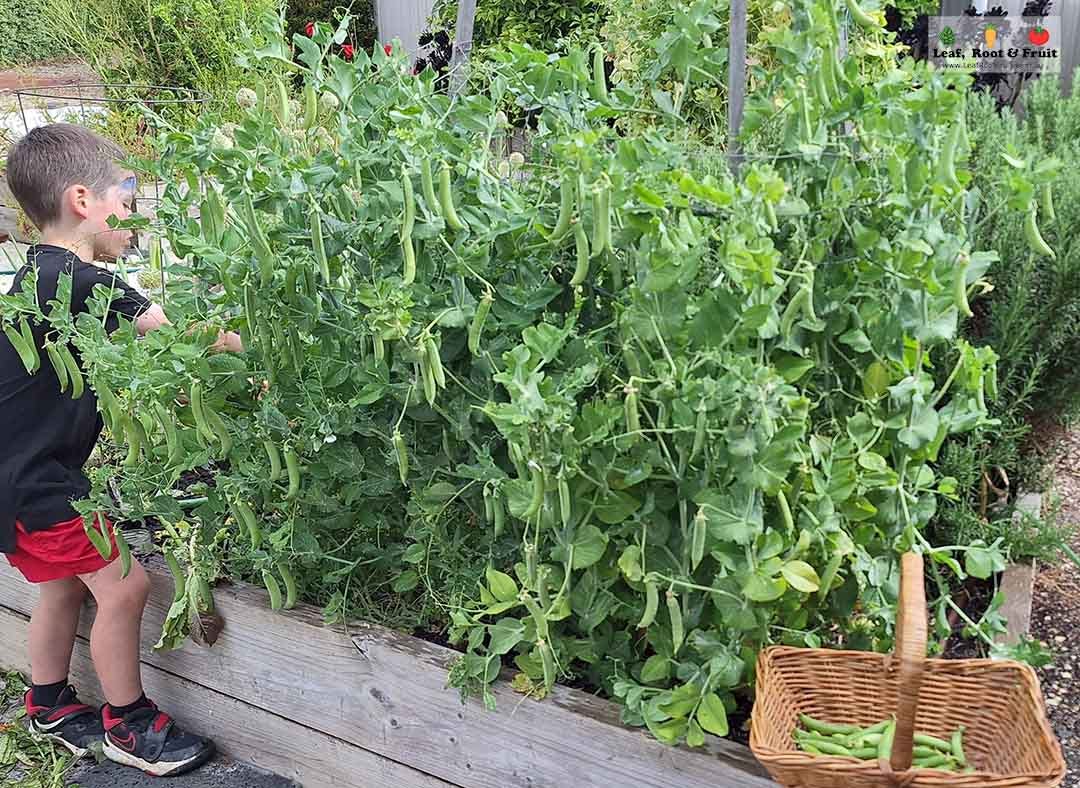
To pea, or not to pea?
And the answer to that question is a resounding yes!
Snow peas and dwarf peas, sugar snaps and telephone peas. There’s a pea for every gardener’s taste. There are even sweet peas, which produce flowers that look and smell amazing, but don’t try to eat them, they’re toxic.
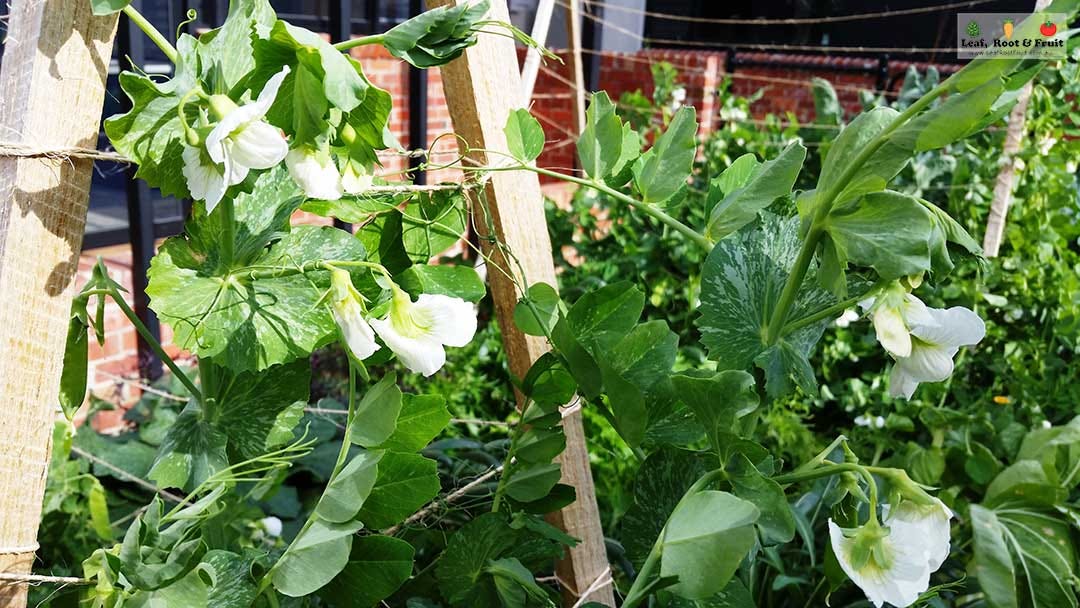
You don’t need a trellis, especially for the dwarf varieties of peas. But using one will allow you to fit more into your vegetable patch and can help to improve airflow (thereby reducing pest and disease issues).
There are lots of different trellis options to consider – read about them here.
Common problems when growing peas
Every crop of peas I have ever grown has been overwhelmed by fungus. It starts from the bottom of the plant and slowly rises up through the foliage over the course of a few weeks. Ultimately the plants are completely consumed and die. It happens every single time. Sometimes it takes a while for the fungus to take hold and other times it’s very quick. But it is inevitable. It’s never stopped me from getting a good crop of peas, but I do practise some strategies to slow down the effects:
Good airflow helps to reduce such fungal infestations (hence trellising being a great strategy)
Variety selection is important; some varieties are more resilient than others
Seasonal conditions have a huge influence. You can grow snow peas at any time of the year in a warm temperate climate but the plants will die much more quickly during a humid summer than they will in a cool winter. So your succession planting needs to reflect that.
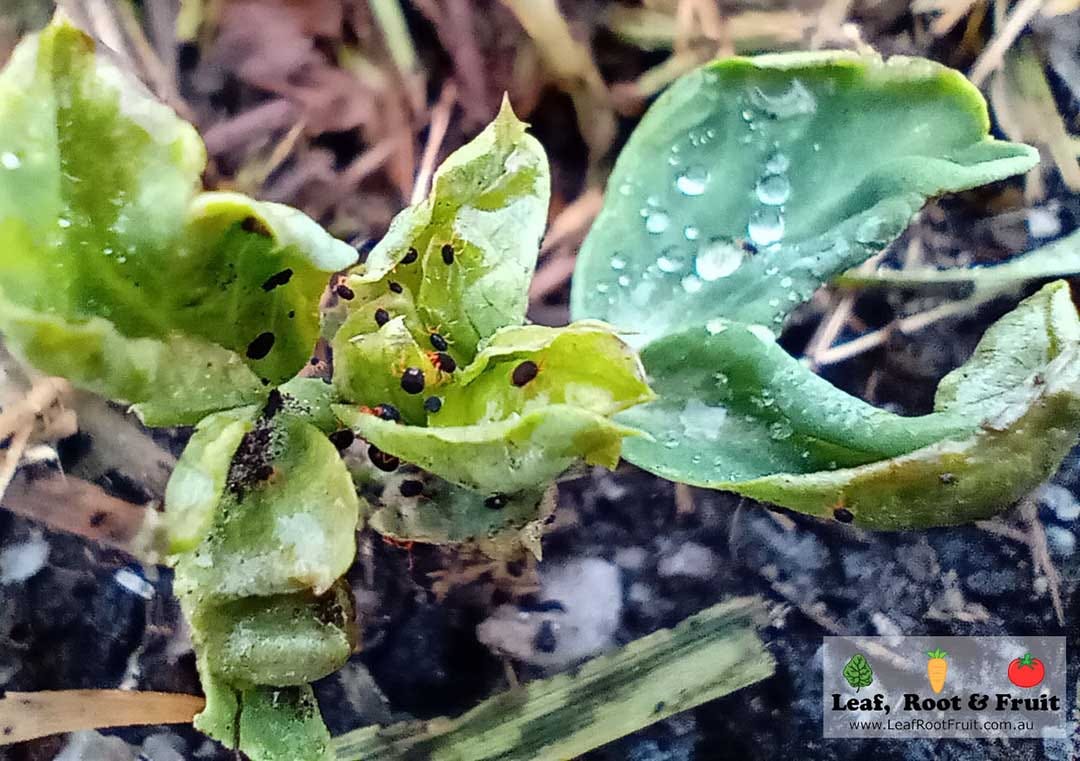
The following posts in the Vegetable Patch from Scratch series will give you more information on:
Myth-busting
In Norse mythology, peas are as a gift of the god Thor, so they should be eaten only on his name-day (Thursday). Personally, I’m happy to eat peas any day of the week.
One common gardening myth is that growing a legume crop such as peas or beans will replenish soil nitrogen levels for the next crop. Peas do have a symbiotic relationship with Rhizobium bacteria. However, nitrogen is a very mobile element and the small amount of extra nitrogen that has been added by the legumes will be quickly lost back into the atmosphere.
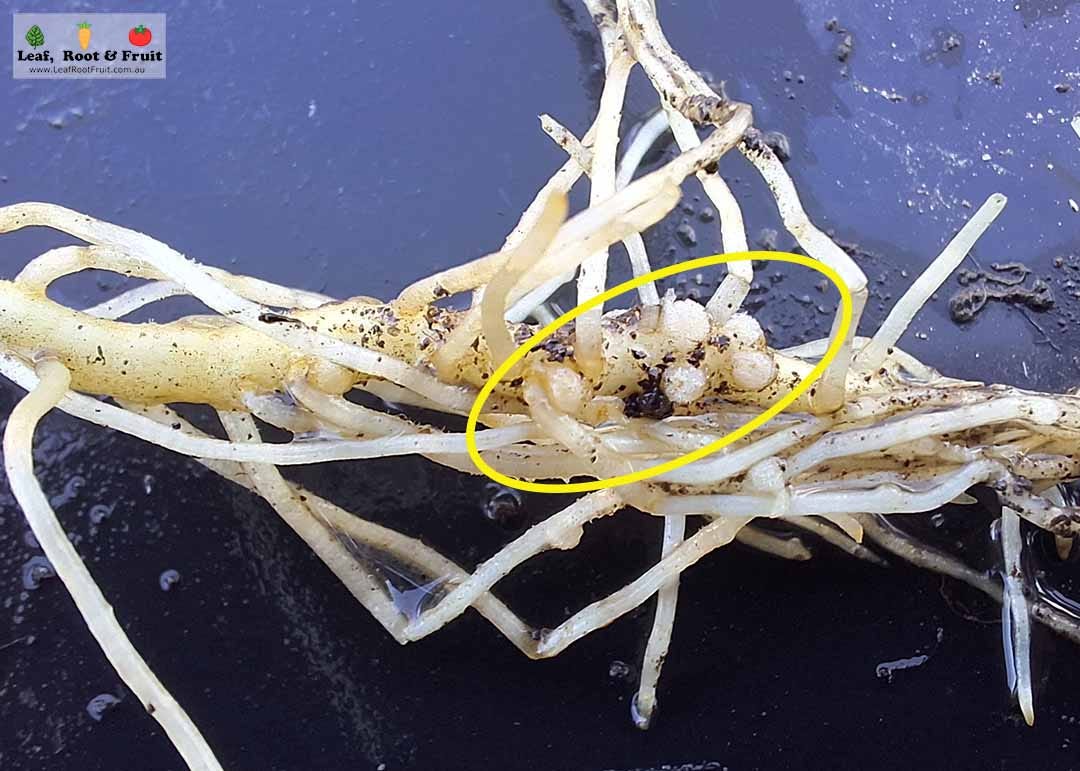
Adding compost is a far more reliable way to increase nitrogen levels in your garden soil. Growing legumes is still a useful thing to do – they break up your soil with their roots, they cover the soil surface as a living mulch, and they can be used as a green manure crop to add valuable organic matter – but don’t rely on them to add nitrogen.
The nitty gritty of growing peas: phenology, varieties and planting
Timing
This chart shows the best times to grow peas based on my experience of growing them in Melbourne (warm temperate) and Kyneton (cool temperate), both in south-eastern Australia. The timing is applicable for growers in the same climates across the southern hemisphere. Northern hemisphere folks will need to adjust the timing by six months.


